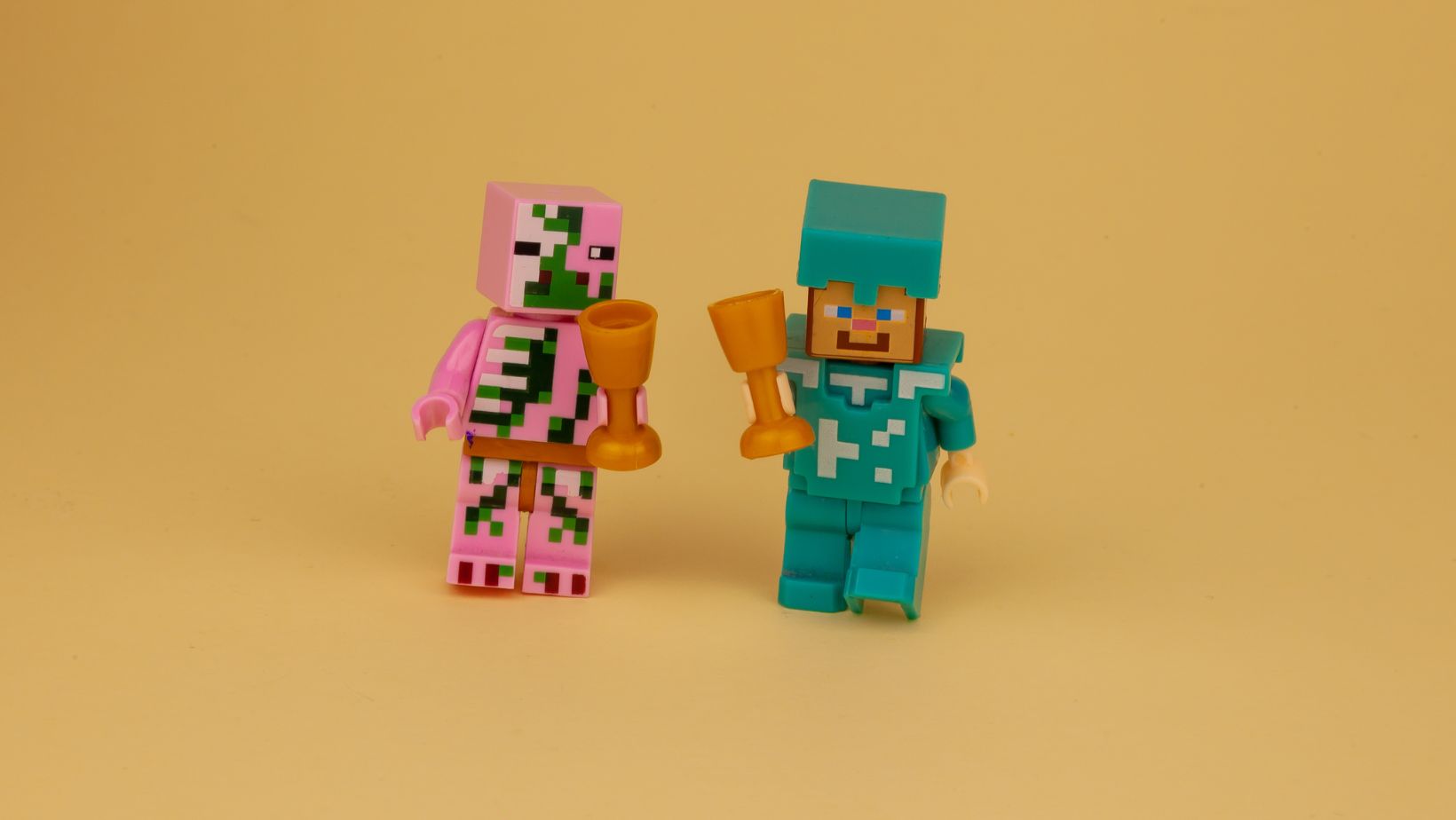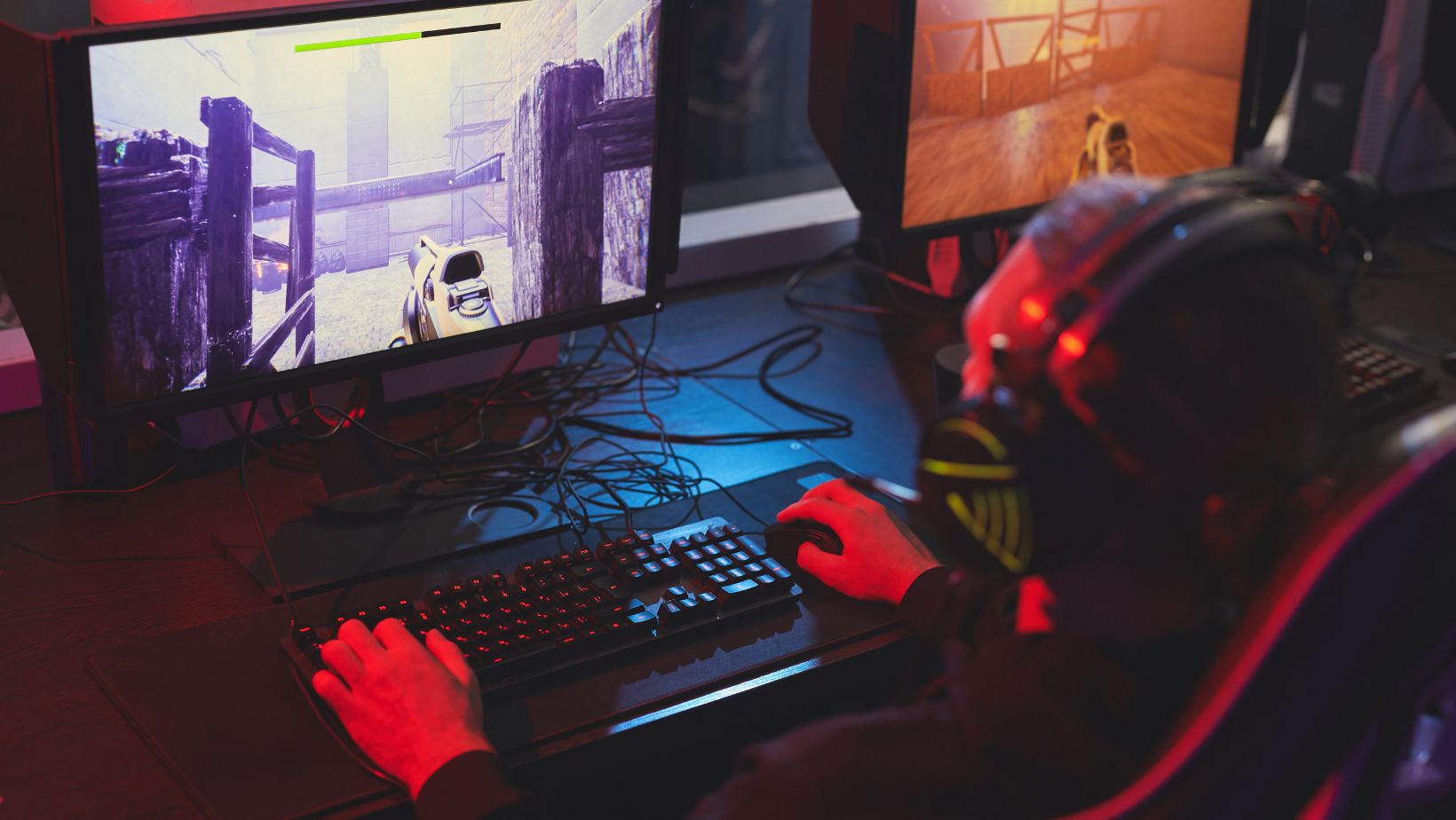Table of Contents
Toggle  Minecraft, since its inception in 2009, has evolved into more than just a game; it’s a canvas for creativity. Among its myriad of customizable features, game icons and banners stand out, allowing players to stamp their identity and flair within this blocky universe. These elements are not just decorative. They serve as a beacon of individuality and team spirit in the vast multiplayer realms and intricate worlds crafted by players.
Minecraft, since its inception in 2009, has evolved into more than just a game; it’s a canvas for creativity. Among its myriad of customizable features, game icons and banners stand out, allowing players to stamp their identity and flair within this blocky universe. These elements are not just decorative. They serve as a beacon of individuality and team spirit in the vast multiplayer realms and intricate worlds crafted by players.
Understanding the significance and mechanics behind Minecraft’s game icons and banners is essential for anyone looking to elevate their gameplay or enhance their server’s appeal. With a plethora of designs and the ability to create virtually any emblem, the possibilities are as limitless as the game itself. This guide dives into the heart of what makes these features a fundamental part of the Minecraft experience, offering insights and tips on how to make the most of them.
Minecraft (2009) Game Icons Banners
From 2009 to Today
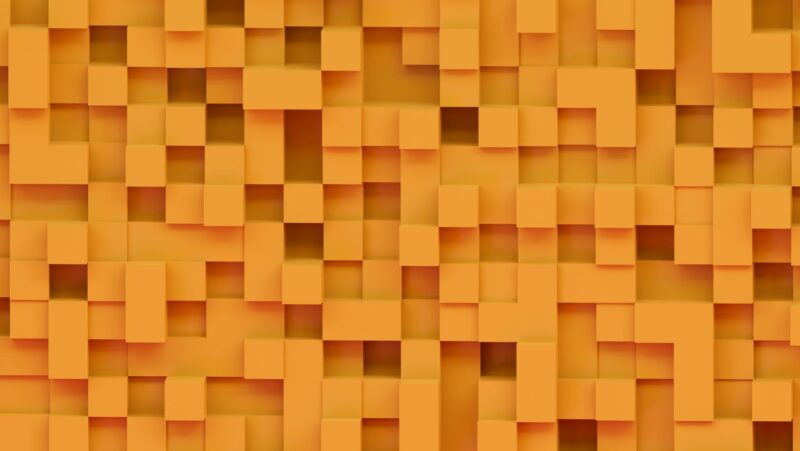 The journey of minecraft (2009) game icons banners from its inception in 2009 to the present day showcases a fascinating evolution. Initially, the game’s visuals were simple, focusing on basic gameplay elements. However, as Minecraft grew in popularity and the developers expanded its features, the variety and complexity of game icons and banners increased significantly. These elements became more detailed, allowing for higher resolution and more intricate designs. The introduction of banner patterns, color variations, and customization options provided players with the tools to express creativity uniquely.
The journey of minecraft (2009) game icons banners from its inception in 2009 to the present day showcases a fascinating evolution. Initially, the game’s visuals were simple, focusing on basic gameplay elements. However, as Minecraft grew in popularity and the developers expanded its features, the variety and complexity of game icons and banners increased significantly. These elements became more detailed, allowing for higher resolution and more intricate designs. The introduction of banner patterns, color variations, and customization options provided players with the tools to express creativity uniquely.
Significant updates, such as the Adventure Update in 2011 and the Bountiful Update in 2014, introduced new blocks, items, and banner patterns. This expansion allowed players to create even more complex designs. In addition, the release of the Bedrock Edition and subsequent updates unified the experience across different platforms, ensuring that all players had access to a wide array of game icons and banners, further enriching the Minecraft universe.
How Icons Have Shaped Player Experience
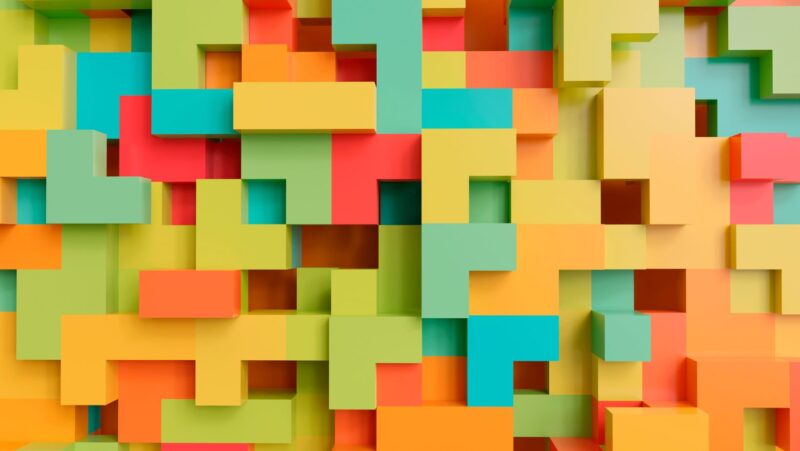 Minecraft (2009) game icons banners have significantly impacted player experience, transforming the way individuals and communities express themselves within the game. Icons serve not only as functional elements, representing items, achievements, and statuses, but also as symbols of players’ identities and affiliations. Banners, on the other hand, provide a canvas for creativity, enabling players to design unique flags representing their factions, teams, or personal aesthetic.
Minecraft (2009) game icons banners have significantly impacted player experience, transforming the way individuals and communities express themselves within the game. Icons serve not only as functional elements, representing items, achievements, and statuses, but also as symbols of players’ identities and affiliations. Banners, on the other hand, provide a canvas for creativity, enabling players to design unique flags representing their factions, teams, or personal aesthetic.
The customization of these elements encourages players to engage more deeply with the game, fostering a sense of ownership and pride in their creations. For example, in multiplayer realms, the use of distinct banners can demarcate territories, signify alliances, and even serve as a tactical element in competitive play. Moreover, the ability to craft unique game icons and banners has spurred a community of creators who share designs, tips, and tutorials, further enriching the Minecraft experience.
Significance of Icons and Banners in Minecraft
Identity and Personalization in Gameplay
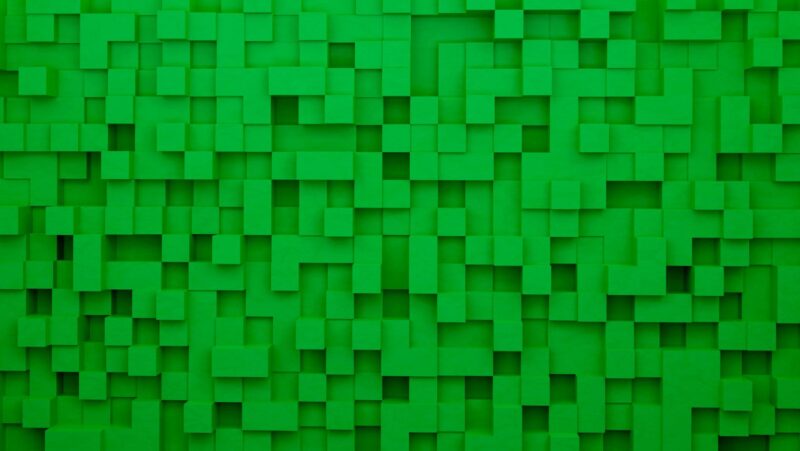 In Minecraft, game icons and banners serve as essential tools for identity and personalization. They allow players to showcase their creativity and style uniquely. From the intricate designs one can weave into a banner to the iconic representations chosen to mark a map, these elements offer an unparalleled level of customization. Players leverage these features to design flags for their constructed kingdoms, emblems for their brave guilds, or even signatures that make their mark on the expansive Minecraft universe. The variety of patterns, colors, and symbols players can use ensures that no two banners or icons are exactly alike, reinforcing a sense of individuality.
In Minecraft, game icons and banners serve as essential tools for identity and personalization. They allow players to showcase their creativity and style uniquely. From the intricate designs one can weave into a banner to the iconic representations chosen to mark a map, these elements offer an unparalleled level of customization. Players leverage these features to design flags for their constructed kingdoms, emblems for their brave guilds, or even signatures that make their mark on the expansive Minecraft universe. The variety of patterns, colors, and symbols players can use ensures that no two banners or icons are exactly alike, reinforcing a sense of individuality.
Community and Server Identifiers
 Beyond the individual level, Minecraft’s game icons and banners knit tightly into the fabric of community and multiplayer servers. They become symbols of belonging and pride within various groups. Servers often design specific banners to represent their community, ethos, or thematic focus, turning these items into powerful identifiers. This practice fosters a strong sense of community and belonging among members, as carrying or displaying a server’s banner becomes a badge of membership. In competitive settings, factions use banners to declare allegiances or rivalries, adding depth to server dynamics and narratives.
Beyond the individual level, Minecraft’s game icons and banners knit tightly into the fabric of community and multiplayer servers. They become symbols of belonging and pride within various groups. Servers often design specific banners to represent their community, ethos, or thematic focus, turning these items into powerful identifiers. This practice fosters a strong sense of community and belonging among members, as carrying or displaying a server’s banner becomes a badge of membership. In competitive settings, factions use banners to declare allegiances or rivalries, adding depth to server dynamics and narratives.

Wayne is a unique blend of gamer and coder, a character as colorful and complex as the worlds he explores and the programs he crafts. With a sharp wit and a knack for unraveling the most tangled lines of code, he navigates the realms of pixels and Python with equal enthusiasm. His stories aren’t just about victories and bugs; they’re about the journey, the unexpected laughs, and the shared triumphs. Wayne’s approach to gaming and programming isn’t just a hobby, it’s a way of life that encourages curiosity, persistence, and, above all, finding joy in every keystroke and every quest.

